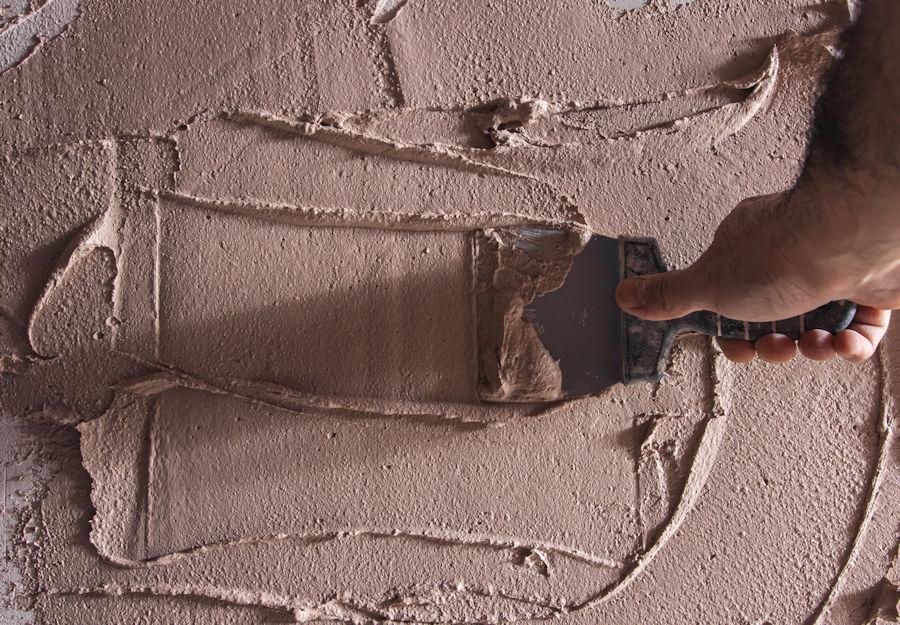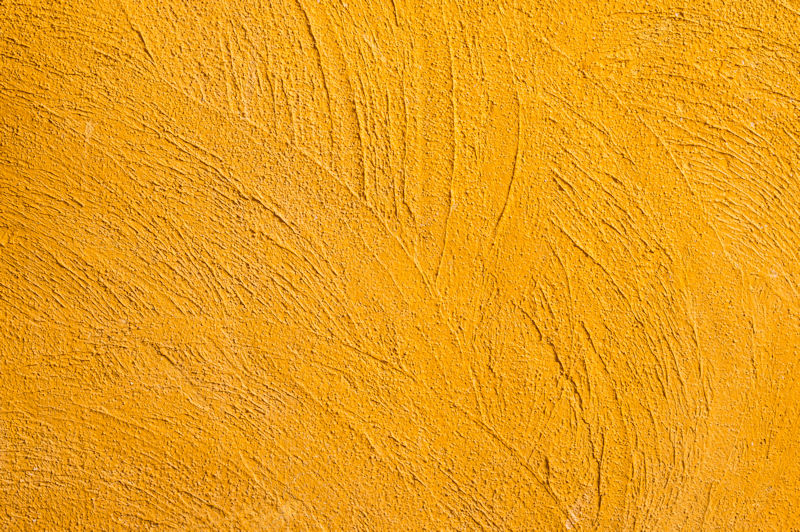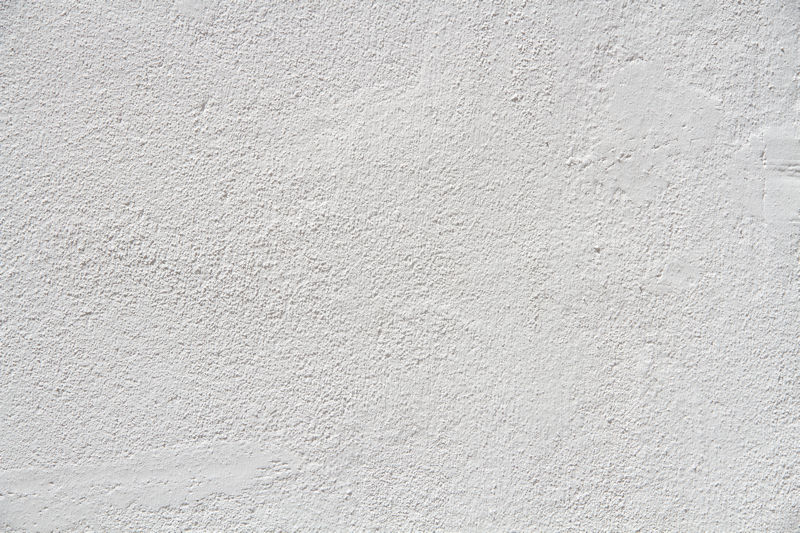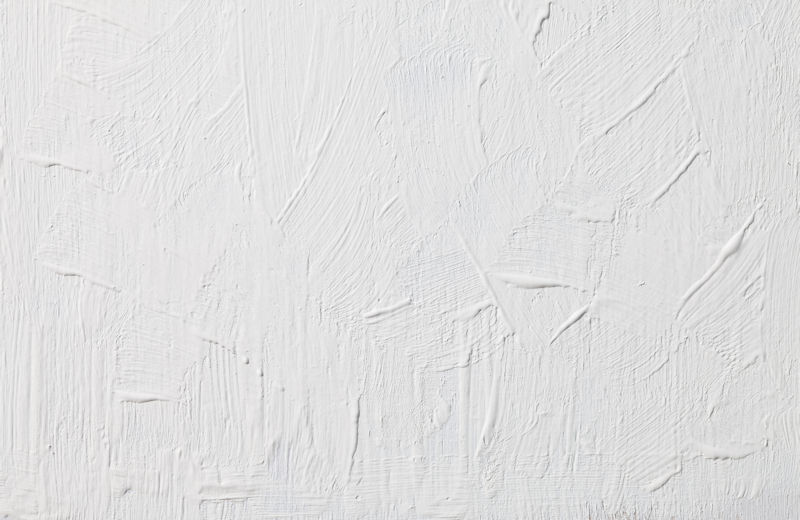Blog
December 17,2020
Texturing Walls

What is Wall Texturing?
In most US homes built in the last 50-75 years, the interior walls are usually textured. It all the random little bumps on the wall. Barely noticeable and usually ignored, this texture is there for a reason. It’s a cheap and easy way to cover up imperfections in the underlying drywall and cover up the drywall tape that hides the seams in the drywall. Even back when builders employed older slat boards covered with plaster, a texture was applied before painting for the same reasons. It covers up the imperfections of the wall underneath and provides an ideal surface for painting.
Most people barely even notice the texturing and will simply paint over it when they want to give their walls a new look. But keep reading to find out how you can use texture to give your wall a completely different look.

Why Add Texture to a Wall?
Texturing a wall is a cheap way to add a unique and interesting look to your rooms. Also, when you need to disguise imperfections and drywall seams, texturing walls is a perfect solution.
Wall textures are commonly used to finish interior wall surfaces and hide taped drywall seams along with other imperfections. ... It is a great alternative to a smooth finish because it is subtle but easily hides wall and ceiling imperfections.
Creative Texturing
Texturing can be added with a pallet knife or a trowel or other instruments. A thick layer can be molded or shaped into whatever you want it to look like. It can be made to look like tiles, bricks, or even stones. With the right technique, you can make it look like it has the texture of cloth or other natural surfaces. You can use a pattern carved into a block of wood (or something else) to make repeated wallpaper-like designs. This is sometimes called Faux Finishing. Using these techniques you can make a wall look like almost anything from looking like a brick or tiled wall to looking like an animal skin. Imagine having an accent wall that looks like it’s made of leather.
How to Add Texture to a Wall
- The easiest and most common way to texture a wall is by using joint compound, also known in the drywalling industry as “mud.”
- Clean the walls as best you can. The mud won’t stick to greasy or oily surfaces. Also if the wall is covered in drywall dust, this might cause problems. Make sure the wall completely dry before applying the mud.
- Water down the joint compound a little until it has the thickness and consistency of pancake batter.
- Apply the mud to the wall with a trowel or a wide compound knife.
- Take a natural sea sponge (a synthetic one might work, but doesn’t look as good when you’re finished) dip it into the mud, and then dab that onto the wall repeatedly. This should leave a nice pattern of light texture wherever the sponge was dabbed.
- Make this uniform all over the wall.
- If you make a mistake use the drywall knife to smooth it back out and start over with the sponge. You can scrape off all the mud and do that part over again if you need to.
- Allow the mud to dry.
- Apply primer over the texture. This is important as it seals the mud and gives the paint something appropriate to stick to.
- Paint over it. The paint will protect the texture from damage. The paint will also smooth out any rough or pointy surfaces on the textured surface. Thicker paint will result in a smoother surface.

Get Creative
To get different patterns you can use different tools instead of a sponge to create the texture pattern. There are thick rollers that can be used to apply the mud and texture both at the same time, you can use a trowel to create a pattern. There are a variety of different trowels designed for different purposes that will help you inscribe different patterns. There are rollers that have patterns cut into them. You can use a piece of wood or even a squeegee with a pattern cut into it to apply a unique texture. A crumpled plastic bag can even be used to create texture. Get creative.
Here’s an awesome video that shows various techniques for applying textures in various ways. Do a search on Youtube for “apply texture to walls” and you will find a wide variety of textures and techniques for creating them. You will find videos for stippling, knockdown, orange peel, skim coating, and a whole lot more.

Use Excellent Painters
If you don’t have the time or patience to figure all this out, you can just hire professionals. The folks at Excellent Painters in Colorado can do it all for you. They have experts who already have the skills and tools needed to create all kinds of textures.
